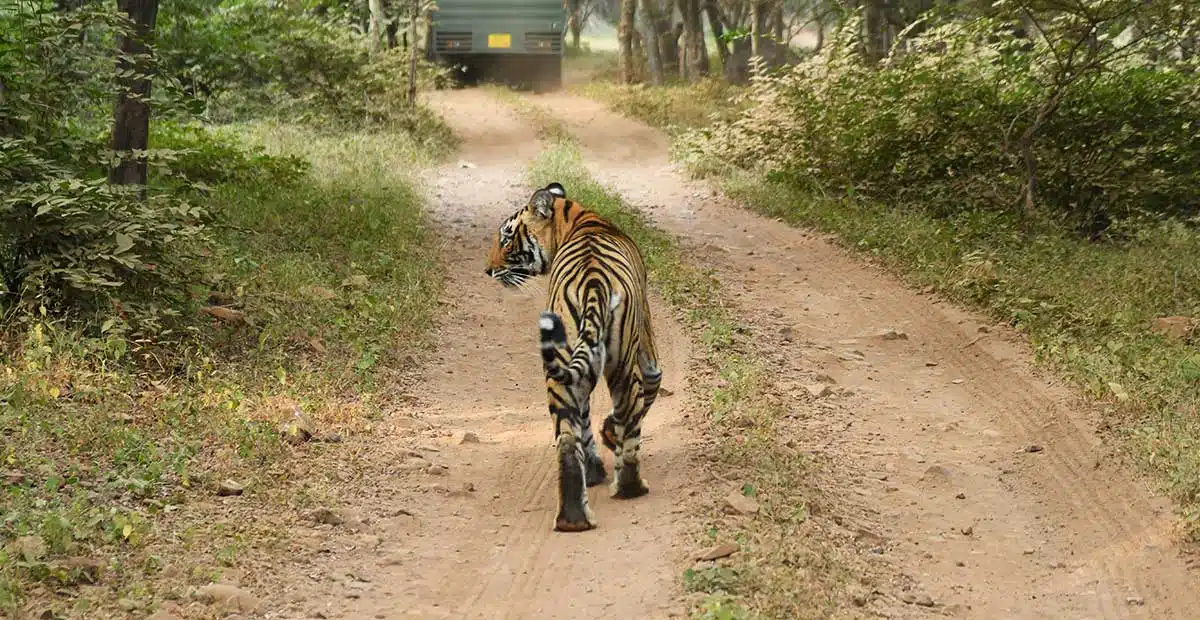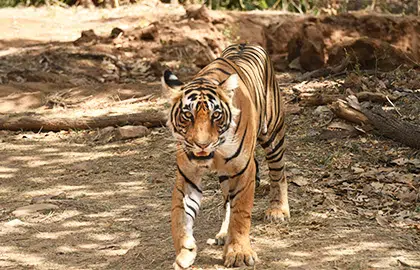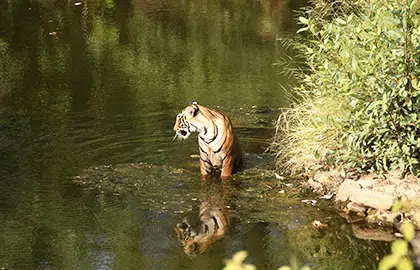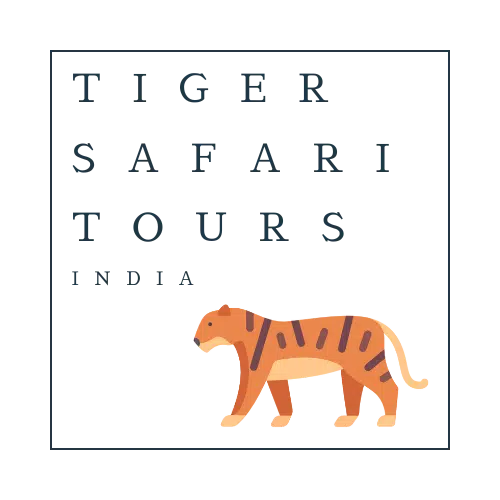Ranthambore National Park and Tiger Reserve
Overview
Ranthambore National Park is one of the largest national parks in Northern India and is situated in Sawai Madhopur district of Rajasthan. The reserve was initially established as the Sawai Madhopur Game Sanctuary in the year 1955 by the Indian government. Later in 1973, Ranthambore was affirmed as a part of the Project Tiger reserves after which it became a national park in 1980. While the park used to be the famous hunting grounds of the Maharajas of Jaipur in the past, today it is a popular destination for wildlife tourism in Rajasthan. Ranthambore National Park is well known for its large tiger population and is the perfect place for people who wish to witness the sublime beauty of these wild cats in their natural habitat.

Information
The park widely covers an area of 1334 sq. km and is home to a distinct variety of trees, plants, bird species and wild animals. The wildlife park prides itself for its preservation of the most famous tigers of the country, the renowned Royal Bengal tigers. The dense vegetation provides close to ideal positions for these tigers to covertly hunt for their prey.
The most appropriate time for sighting these wild cats is estimated to be between the months of November to May. Apart from the large population of tigers, other fauna in Ranthambore include Indian leopard, nilgai, wild boar, Sambar, striped hyena, mugger crocodile and chital. The sanctuary also sports a burgeoning bird population with more than 270 diverse species of birds.
- Size – 1334 sq. km
- Forest type – Dry deciduous and semi-arid scrub forests
Star Species
Due to the large influx of tourists that come to seek adventure and bask in the beauty of nature, the resorts in Ranthambore National Park strive to make their journey more thrilling by providing luxurious accommodations and world-class services in close proximity to the sanctuary so that their guests can experience the beautiful wildlife in all its glory.
- Key Mammal – Royal Bengal tigers, Indian leopard, nilgai, wild boar, Sambar, striped hyena, mugger crocodile and chital
- Key Birds – Greylag Goose, Woodpeckers, Indian Grey Hornbills, Common Kingfishers, Bee Eaters, Cuckoos, Parakeets
How to reach
- By train – The nearest railway station is the Sawai Madhopur station which is about 11 Kms from the reserve area whereas Jaipur railway station is located about 200 Kms from the park. Both the stations enjoy good rail connectivity to major cities in India.
- By Road – The town of Sawai Madhopur is very well connected to all the major cities in Rajasthan through a network of buses. Ranthambore is connected to other major cities by road such as Jaipur (130kms), Kota (114kms), Delhi (365kms), Jodhpur (450kms) and Udaipur (401kms).
- By Air – Jaipur International Airport is the nearest airport to the park, at a distance of about 180 Kms from the reserve area. One can then take a taxi or cab outside the airport to reach the park.
Safari Zones
Safari zones in Ranthambore are numbered not named. There are ten zones numbered 1 to 10, all zones are rich with flora and fauna and have ample tiger sightings.
Weather
| Month | Minimum | Maximum |
| Jan | 9 | 23 |
| Feb | 11 | 26 |
| Mar | 17 | 33 |
| Apr | 23 | 38 |
| May | 27 | 41 |
| Jun | 28 | 40 |
| Jul | 26 | 34 |
| Aug | 25 | 32 |
| Sep | 24 | 34 |
| Oct | 20 | 34 |
| Nov | 14 | 30 |
| Dec | 10 | 25 |
Things to Carry
Clothing tips for the right safari experience:
- Clothes in the earthy colours to be worn which are greens, beige and grey. Black attracts mosquitoes and should be avoided. Shiny or bright colours are a big no.
- Clothes as per expected weather are very important:
- Summer clothes to be carried should be preferably cotton or cotton blend that is comfortable, breathable.
- Winter clothes to be packed should be planned for layering over each other when worn. Advisably 4-5 woollen clothes than one heavy item.
- A raincoat or a windcheater is also recommended.
- A hat or a cap as per the weather or season is also prescribed.
- Avoid wearing strong fragrances on the safari.
Gallery



